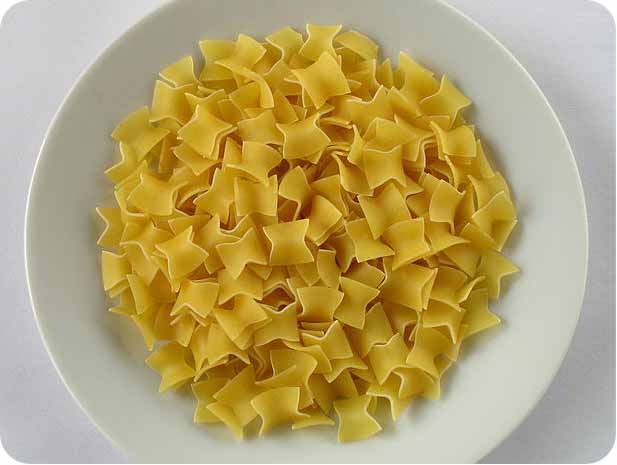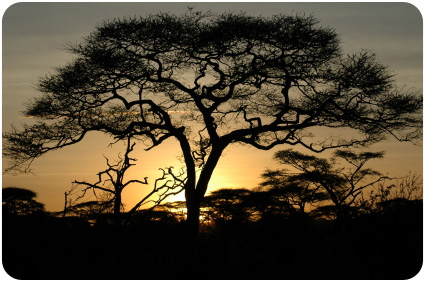 View from Paleolithic rock shelter, Patagonia, Chile
View from Paleolithic rock shelter, Patagonia, Chile
Paleo is unique in that it's an overarching life plan and has actually influenced my perception of eating, exercise, and my body. It's no longer a struggle to lose fat or gain muscle. After almost 3 decades of fighting my body, the Paleo approach has taught me how best to respect and maintain it.
In the blogosphere and on Reddit people are talking about the added awareness Paleo-dieting has brought them. Some came to this diet in their fight against obesity, others to increase athletic performance, but for all going Paleo has created such a level of improvement that they’ve begun to wonder, “Can I apply this logic to the non-dietary aspects of my life?”
They start by altering their sleeping habits and sun-exposure times. Then they begin to change their shoes, slipping on Vibram Five Fingers. They even modify their exercise routines to mimic the daily exertions of Paleolithic humans. Every change springs from the question, “What is best for my body according to its evolutionary history?”
My own observations of this trend have been informed by the questions, “Can what you eat change how you live?” and, “Can a diet change a culture?
First, I looked at the Standard American Diet and considered how it came about.
We don’t have time to wait for a meal, much less prepare one. Fast food is born. It’s been a long day, and we’d rather not get out of the car. The drive-thru is engendered. Our high-stress jobs require little physical exertion, and great mental effort, while our grain-based, sugar-laden, processed foods, assisted by television and the computer, and for some alcohol and cigarettes, provide us a temporary relief, alongside long-term damage.
Ignored, the body slowly takes its revenge, as waistlines expand, preventable diseases thrive, and a general malaise settles upon the land. To compound the problem, we treat our ailments with drugs that make our symptoms bearable without curing us.
Observing the growth of Paleo, I’ve come to speculate on its underlying principles. I took these notes months ago, in the hopes of creating a manifesto, which I intended to call “The Paleo Cosmovision.” Now, curious to know what others might have to add, I’ve decided to crowd-source my ideas.
I use "cosmovision" and not its synonym "world view" because the Paleo Cosmovision is not a perspective on the world, but a vision of the cosmos, of life in its entirety.
There is a simple principle underlying the Paleo lifestyle, and that is that we, as human beings, were designed to eat certain foods, and that we were designed to do certain things and to live in certain environments. Which is to say, then, that our lives have a design.
Extending this principle to its logical conclusion, the goal of the Paleo life is to live in line with the patterns that formed us.
Attention then must be paid to the components of our environments: have we introduced harmful elements into our living spaces? Does the routine in which we live respect the needs of our bodies and minds?
Obviously there are parts of the past that we would rather leave behind us, like constant warfare and other forms of brutality. But we cannot forget that the best parts of us also came from these original human environments; if we shun them for their ability to stimulate our brutality, then we may also perhaps starve those elements of our nature that comprise the best of us.
We are not the products of a pristine hunter-gatherer environment living within a modern world; evolution did not stop at the agricultural revolution. So it is perhaps unwise to think that a truly Paleo lifestyle would entail a complete return to nature; but perhaps the rate of change in our culture has outstripped us - perhaps progress has carried us further away from ourselves than we were ready to go. In which case the work of progress then becomes adjusting itself to the realities of our human condition.
We are modern human beings. We have built the modern world as a way to empower us, to reduce our victimization by the forces of nature and our own brutality. The modern world is no more than a realized dream of empowerment. But the dream becomes a nightmare when it victimizes those who built it.
Feel free to add any thoughts, additions, edits, or corrections in the comments section below!
 Sunday, December 22, 2013 at 02:24PM
Sunday, December 22, 2013 at 02:24PM  Paleolithic handaxe. Image: José-Manuel Benito
Paleolithic handaxe. Image: José-Manuel Benito




